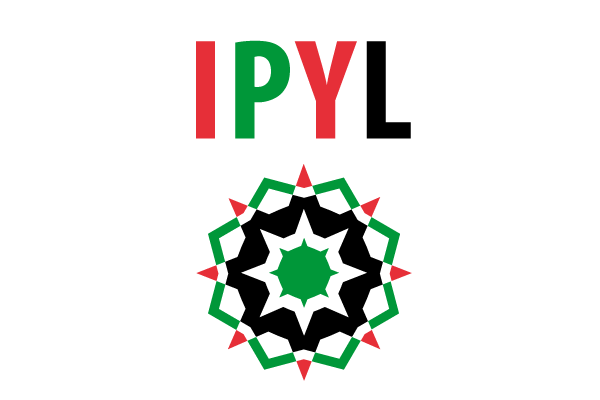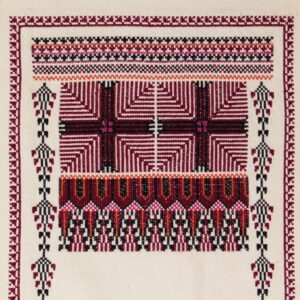Arabic Calligraphy
Arabic calligraphy, an exquisite art form, showcases the mastery of fluidly handwritten Arabic script, radiating harmony, grace, and beauty. Passed down through generations via formal and informal education, this artistic practice employs the twenty-eight letters of the Arabic alphabet, elegantly written in cursive from right to left. Originally aimed at ensuring legibility, it gradually evolved into an Islamic Arab art form, encompassing both traditional and contemporary works.
The allure of Arabic script lies in its boundless potential, offering endless artistic possibilities. Even within a single word, letters can be elongated and transformed, giving birth to a plethora of captivating motifs. Traditional techniques utilize natural materials like reeds and bamboo stems for the qalam, the quintessential writing instrument. Ink is crafted from a blend of honey, black soot, and saffron, while paper is painstakingly handmade, treated with starch, egg white, and alum.
In modern times, calligraphers often rely on markers and synthetic paints, while spray paint finds its place in adorning walls, signs, and buildings with mesmerizing calligraphic expressions. Artisans and designers employ Arabic calligraphy as a powerful tool for artistic enrichment, employing it in marble and wood carvings, embroidery, and metal etchings.
Arabic calligraphy transcends borders, captivating hearts in both Arab and non-Arab countries, embraced by individuals of all ages and genders. The transmission of this esteemed skill occurs informally, as well as through formal schools and apprenticeships, ensuring its continuous legacy and evolution. Immerse yourself in the captivating world of Arabic calligraphy, where tradition meets innovation, and artistic expressions flourish with boundless creativity.



